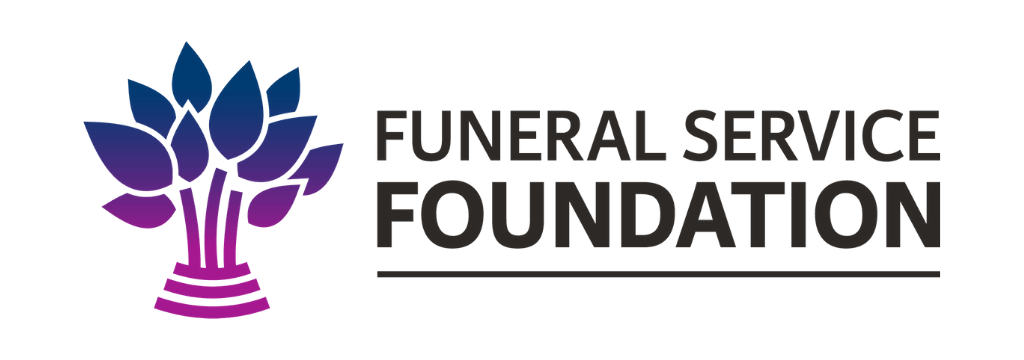Ebola, What’s Your Plan?
Funeral professionals have already answered the call to care for victims of the Ebola outbreak. Simply stated it is what we do! Let’s face it, now that Ebola is on our shores YOU may be called into service. Are you prepared?
Organizations, like chains, are as strong as their weakest link. What is the weakest link in your local chain of infection? Is it missing or inadequate PPE, body bags or space? Perhaps the question should be who is your weakest link?
Is the weakest link a general lack of real life experience? Is this lack of experience due to a lack of routine training or practice exercises to sharpen skills and heighten awareness? Skills are perishable commodities. Has your team been practicing putting on and taking off the gear in a super safe fashion?
Take the case of the recent Ebola victim in Texas. After decades of training and billions of dollars in chemical and biological response, there was less than excellent coordination between health care, EMS, health & safety and environmental cleanup.
A nurse in Texas acquired the disease when she was wearing PPE items. How? Simple, the PPE was not suited to the task and there was an exposure during removal and disposal of the garments.
This outbreak has polarized health care. The nurses union is blaming administration practices. Administration blames practitioners. It has become a media blame game. The obvious question it has raised to me is “who” is responsible for our health and safety? The answer, each of us.
As with any contagious or infectious disease it is important to always bear in mind the universal health and safety equation; risk = toxicity x exposure
Our risk of infection is equal to the toxicity or pathogenicity of the microorganism times or multiplied by our exposure to them. It is quite simple, destroy the microbes and toxicity is zero. If proper barrier garments and housekeeping controls are in place then the exposure is zero. Zero x any number is zero. Risk mitigated.
The Centers for Disease Control (CDC) has information and guidelines about Ebola at http://www.cdc.gov/vhf/ebola . The World Health Organization (WHO) has information about Ebola at http://www.who.int/csr/disease/ebola/en. Both are a good resource but both are quite vague and are not an actual SOP with clearly defined products or chemicals. If you have not already done so, you need to create an SOP. In addition to normal “universal precautions protocols” it is advisable to include more elements to reduce risk. Here are my suggested additions.
- Divide the working space into a “clean zone” and a “dirty zone”. All people and processes that do not require direct body contact are performed in the “clean zone”. Dressing in PPE, documentation and paperwork are all performed in the clean zone.
- Employ a “clean person and dirty person” model where all work is divided into “clean tasks and dirty tasks”. The persons involved should practice dressing, decontamination and undressing techniques before attempting care on an actual Ebola remains. A skill assessment by a third party observing for and pointing out cross contamination opportunities is essential before going live.
- Use skin barrier products. There are several products on the market that apply as a lotion that contain antimicrobial elements. They add a layer of protection to the skin reducing potential exposure. It is advisable to apply the barrier lotions to all areas where gaps in PPE may naturally occur or where skin is exposed during the undressing period. The neck, ears, face, hands and forearms should be treated at minimum.
- Use IMPERVIOUS barrier garments. “Spit trap masks”, blue hospital gowns and latex examination gloves are not impervious. N95 masks, nitrile chemical rated gloves and hooded, full leg, long sleeve impervious body suits are the best choice.
- Employ disinfectants before all contact and after all contact. The clean person can spray down the remains and work zone while never touching anything as the “dirty person” performs all tasks.
- Use absorbent mortuary pads inside impervious plastic body bags to absorb liquids originating from the body.
- Employ a buddy system for undressing. The clean person sprays disinfectant on the exposure points of the dirty person. The clean person undresses the dirty man one layer at a time discarding the PPE in the biohazard box. Once undressed the newly clean person puts on a single layer of PPE and sprays disinfectant on the former clean person and undresses them layer by layer placing PPE in the Biohazard box.
Ebola is here, what’s your plan?
Jeff Chancellor, CFSP serves as Director of Education, Training and Research for Eckels and welcomes your comments at jchancellor@eckelsandcompany.com




